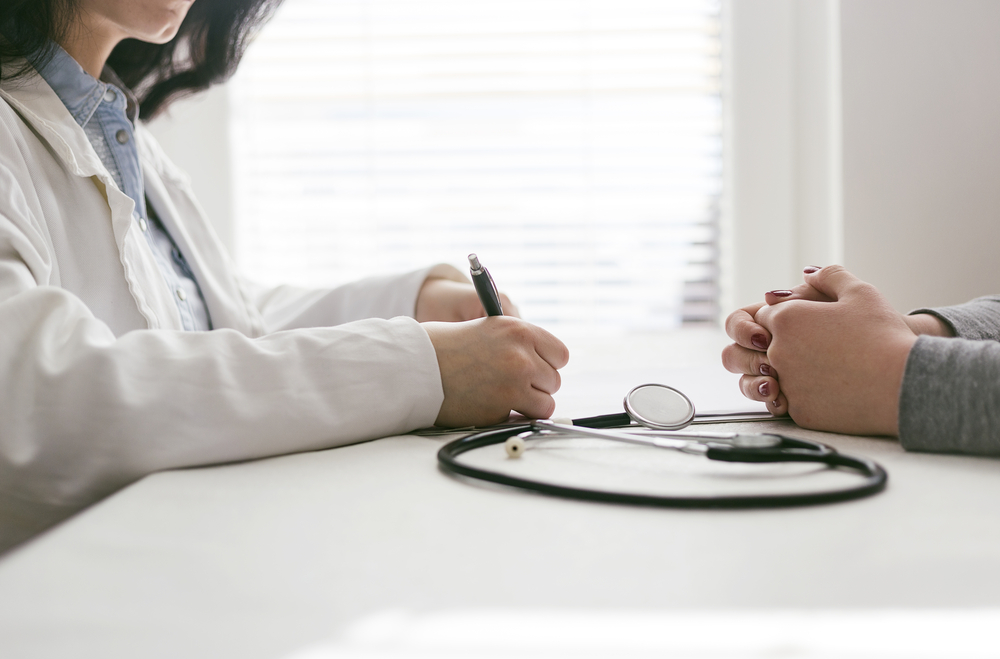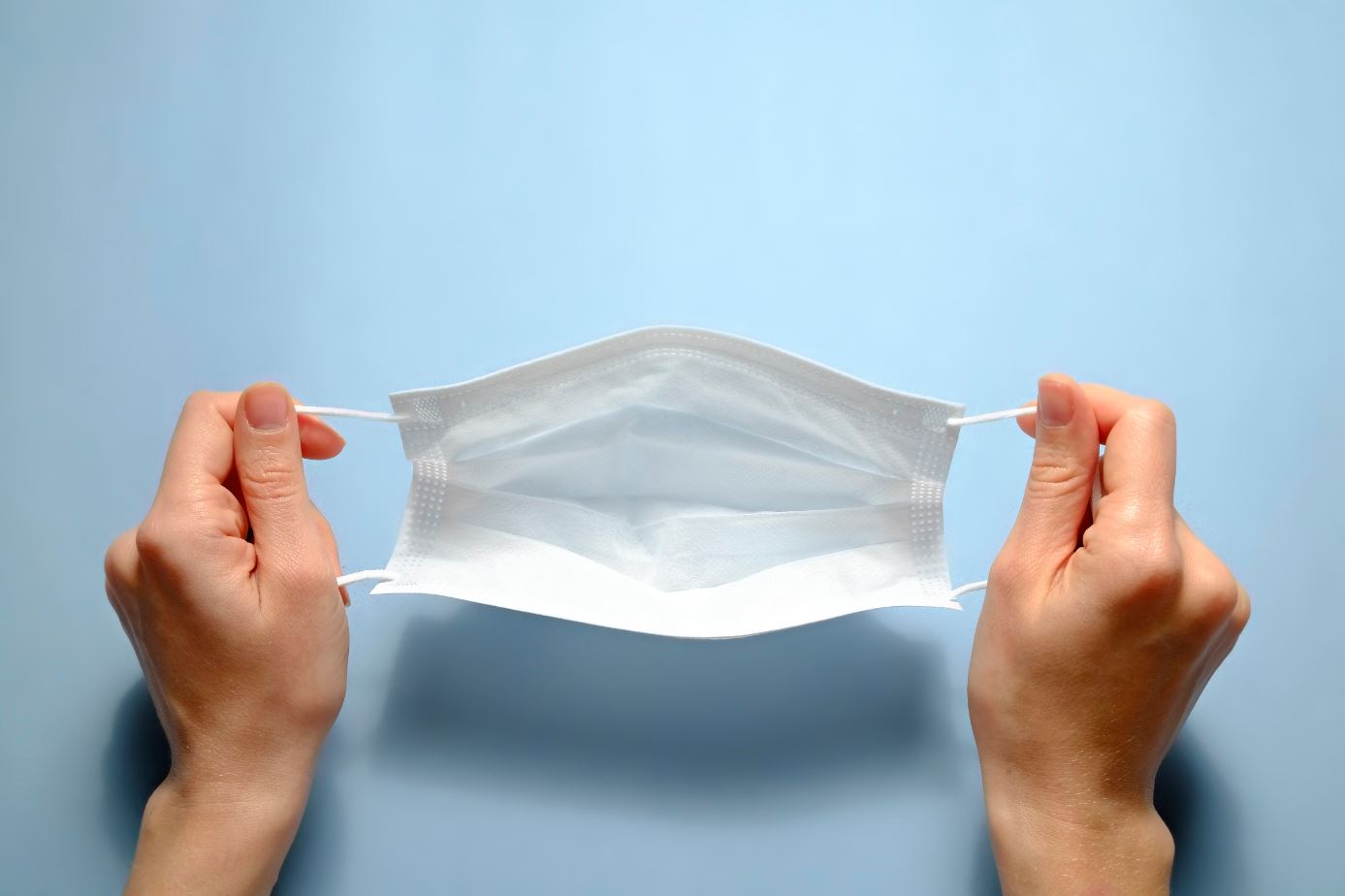5 things that cause breast lumps in women
Medically Reviewed by Dr Richard Bennett
Last updated on 20.06.2023
Finding a breast lump can be a scary thing. For many women, the immediate worry is that it could be cancer. The most important thing is to get it checked by your doctor as soon as possible- that way, if it’s benign (non-cancerous), as is usually the case, you can stop stressing about it. In the unlikely event that it is breast cancer, you can get the treatment you need as soon as possible- and early treatment makes a big difference. So, what are the different types of breast lumps women get?
Fibroadenomas
These are very common. A fibroadenoma feels like a smooth firm rounded breast lump, that tends to move around under your fingers when pressed. They are usually painless. Women can have one fibroadenoma, or several fibroadenomas scattered throughout their breasts. While often presenting as a small pea-sized breast lump, they can become quite large in some women (a few centimetres in diameter). They are non-cancerous (benign). Usually no treatment is needed, though they may be surgically removed if they get very large.
Breast Cysts
A cyst is a fluid filled sac that develops in the breast. These are also very common, and again tend to feel relatively smooth and rounded to touch, though perhaps less firm and less mobile than a fibroadenoma. Sometimes they can be tender to press- the tenderness may change at different points of the menstrual cycle. They are not cancerous, and usually nothing needs to be done about them, though now and then they may be drained by a needle if they are very large.
Breast Cancer
Breast cancer can show up in many different ways. It can cause a breast lump, a change in the skin of the breast, nipple changes, pain or discomfort in the breast, enlarged glands in the armpit area, or it may be picked up on routine mammogram screening. Rarely, it may first present as secondary spread to another part of the body. If you have any change in your breast, the best advice is to discuss it with your doctor as soon in possible– most of the time it’s nothing to worry about, but it’s important to be sure.
Hormonal Changes
A lot of women will notice changes in their breasts that fluctuate with their menstrual cycle. There may be increased tenderness and/or lumpiness at various times of the month. It’s worth keeping an eye to see if there’s a pattern. If in any doubt, speak to your GP.
Injury and Infection
It’s quite common for women to experience a breast lump after getting a breast injury- for example, through sport or an accidental bump! There can be bruising within the breast tissue which may feel like a hard lump. Again, it’s best to have this checked to be sure.
It’s also possible to develop an abscess (bacterial infection) in the breast- abscesses tend to be very tender and often need treatment with antibiotics or drainage via a needle. They usually occur in breastfeeding women, and may cause general unwellness such as fever and chills.
What should I do if I notice a breast lump?
If you have a breast lump, you should see your GP as soon as possible. They will usually perform an examination and advise a mammogram (an X-ray of the breasts) and/or an ultrasound of the breasts (as these two types of imaging may pick up slightly different things). You may also need to attend a breast clinic for further assessment.
If you’d like to know more about breast lumps there is further useful information at the Royal Women’s Hospital website.
Further Patient Resources
Testicular Torsion- how to spot this serious condition
What is Testicular Torsion? Testicular torsion refers to the twisting of a testicle and the spermatic cord attached to it, inside the scrotum. If prolonged and untreated, the twisting rapidly affects the [...]
Psoriasis
Managing Psoriasis What is Psoriasis? Psoriasis is a chronic (long term) skin condition that causes areas of the skin to become thickened, red, and scaly (described as "plaques"). It [...]
Mastalgia- what causes breast pain?
The causes of breast pain Breast pain refers to any area or areas of tenderness, discomfort or pain in one or both breasts. It can occur for a variety [...]
Phimosis- causes and treatment of a tight foreskin
What is Phimosis? What is Phimosis? Phimosis is the medical word that describes a tight foreskin that cannot be pulled back past the head of the penis (glans). This [...]
Common cold or Coronavirus? How can you tell the difference?
Symptoms of Coronavirus or Common Cold? Unfortunately it is difficult to tell the difference between symptoms of Coronavirus and a common cold. A lab test is the only way [...]
How to get rid of hay fever
How to get rid of hay fever Hay fever is one of the most common reasons for people to attend their doctor in Spring and Summer, as pollen levels [...]











